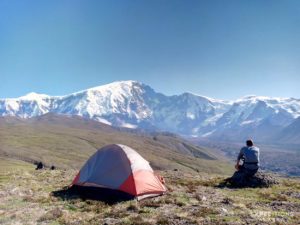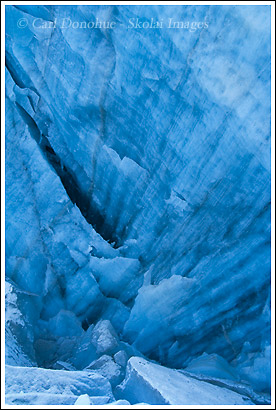Hey Folks,
Here’s a photo I took of the Kennicott Glacier, not far from the small town of McCarthy, in Wrangell St. Elias National Park, Alaska. I was exploring the west side of the glacier, which is much less frequently hiked and travelled than the east side. But, with a little luck and some perseverance, I found a few places I managed to scrape out some decent photos. Hiking around glaciers require care, particularly if you’re hiking solo. I guess hiking anywhere, anytime, requires care, but particularly solo trips. That said, I do love being out exploring the backcountry on my own – it’s a particular way of connecting with the land that is immeasurably different to trips with other people. I tend to do most of my ‘better’ photography when I’m traveling solo, I tend to look a little closer, as well as spend more time on a given scene, composing and recomposing, shooting, recomposing and shooting some more.
Looking a little closer, I tend to see more, and often times I tend to see more clearly. It becomes clearer to me what it is exactly in the scene that’s grabbing my attention – sometimes that leaps out at me right away, sometimes it comes through me spending more time, and exploring a little more closely. Either way, it’s amazingly rewarding when it happens.
For glacial travel, sometimes I use crampons and sometimes I don’t. It really depends, most of the time, on the glacier itself, and the time of year. A lot of the time in later summer days, the glacial snow cover has melted, and any crevasses that might cause a problem are clearly visible. Sometimes crampons are still requisite, but not always. If you’re not sure, definitely bring them along. You can either strap them on the outside of your pack ‘as is’, or wrap them in something such as the Black Diamond Toolbox Crampon Bag, or anything durable and puncture-proof, such as PVC tarpaulin material. If your pack has a ‘beaver tail’, with a daisy chain loop, on the outside, like the Dana alpine back, strap them on there, and the beaver tail will protect your backpack and gear.
When moving around the glaciers, and on any ice really, slow down, watch your step, and
give more of your attention to your feet. Sounds simple, but most folks would be surprised how little attention they give to their feet, where and how they place them whilst hiking. Crevasses are obviously the main concern, and for good reason – they can be remarkably deceptive and even more remarkably hard to get back out of. Often the most difficult part of glacial travel is getting on and off the ice, as the ice closer to the edge is broken up more, and the edges can be steep – lots of times, once you’re out on the ice, travel is faster and easier than hiking off the glaciers.
The blue in the ice here is a function of the thickness of the ice. As light penetrates down through the ice, the light waves are absorbed. The red end of the spectrum, having less energy in it that the ‘colder’ blue waves, gets absorbed first, leaving only the blue waves, which is how we see the ice as blue. That’s why, as you look down into a crevasse, for example, the ice gets more blue the deeper down the crevasse .. more of the red light has been absorbed by times it’s amazing how blue glacial ice can be, particularly on cloudy days.
So strap on your crampons, and go explore, safely, a glacier. Just be careful, and watch your step. And try REAL hard not to stab yourself, or your friends, with those pointy crampons.
Cheers
Carl




